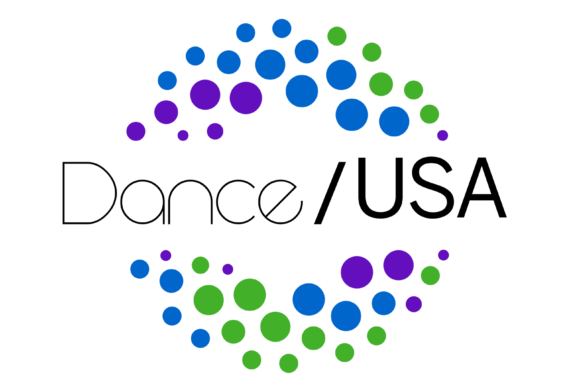Dance/USA’s Engaging Dance Audiences Awards Nearly $1 Million to 20 Members
Twenty Dance/USA members receive nearly $1 million to support innovative audience engagement activities that will serve as best-practices models for the field. Read on for details of the grant recipients.
Navigating Change: Succession in the Ballet World, Part 2
Making a transition from one artistic director to another can be both daunting and exhilarating for ballet and dance company leadership. See how some major U.S. companies have navigated the rough waters to new artistic leadership.
The Hunt for New Work: Matching Choreographers to Companies
Selecting new choreographers for a program or a season seems a
straightforward enough process at first glance. Read on to find out how artistic directors
seek out new works for their companies sifting the choreographic gold from the dross.
Serious Selling: How To Turn Souvenir Sales into Merchandising That Makes Money
Many dance companies find that merchandise sales rarely amount to much in the way of profits.
But with creativity, resourcefulness, and commitment, performing-arts
organizations can turn merchandising into serious money. See how San Francisco Ballet turned its Ballet Shop into a profitable and distinctive representative of its company brand.
Six Steps to Retail Success
Tips on building or refining a merchandising program for your dance company.
Where Have All the African American Audiences Gone for Concert Dance?
Many professional dance companies in major U.S. cities dream of having
more African American audiences for their work. Reality sets in as
artistic and administrative staff look out over the crowd and wonder
where all the African Americans audiences have gone. Sure there are a
few people of color scattered among the sea of dance lovers, but not
nearly enough to fulfill the dance field’s collective desire for more
racially diverse crowds.
Calamity or Comedy: Critic/Scholar v. New York State — The Nite Moves Dance Tax Case, Part 1
Rooted in Middle Eastern belly dance and an American tradition of
parody, namely American burlesque, striptease and exotic dance are a
form of dance and theater art. While somewhat “risqué” or “naughty” with
its adult play and fanciful sexualized teasing that transgresses social
decorum and dress codes, exotic dance is, like all dance, communication
and a learned skill with its own aesthetic. So the question
arises: how far removed is exotic dance from the world of artistic and
concert dance? For a discussion of the recent Night Moves exotic dance court case read on here.
Post-Sandy Report: Resilience and Resolve
While the damage from Sandy is unprecedented and a complete picture
of the losses the dance community in New York and New Jersey have
suffered won’t be fully evident for weeks to come, Dance/USA’s From the Green Room
has reached out to its colleagues and constituents in the affected
region via social networking, email blasts, and personal messages to put
together an anecdotal report of some of the damage.
Critic/Scholar v. New York State — The Nite Moves Case Reaches the Highest Court, Part 2
On September 5, 2012, the seven-member New York Court of Appeals heard
Nite Moves’ legal challenge to the Tribunal’s decision that exotic dance
was not a live choreographed performance and consequently exempt from taxation as stated in law. Read Judith Lynne Hanna’s account of this intriguing case and the ramifications it could have on the dance community.



2013: Reimagining the Post-Apocalypse Dance Company
Dance companies and their supporting institutions will have to make
strategic and risky decisions about how they plan to distribute their
art to audiences. These decisions will play a significant role in
determining their future: whether it is bright or even exists at all.